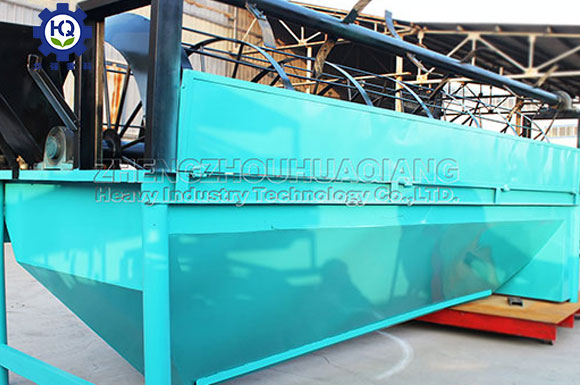
In organic fertilizer production, screener machines play a vital role by effectively separating materials of different particle sizes to ensure product quality. Below are some common types of fertilizer screener machines:
Working Principle: Uses a vibration motor to generate force, causing materials to bounce and move on the screen surface. The screen mesh can be customized with different aperture sizes for precise particle size separation.
Features: High efficiency, large processing capacity, mature and reliable technology, simple structure, easy installation, low energy consumption, low noise, and durable, easily replaceable screens.
Application: Ideal for initial removal of large particles or separating fine powder from finished organic fertilizer.
Working Principle: Consists of a tilted rotating drum. Materials enter the drum, and smaller particles pass through the screen apertures, while larger particles move forward and exit.
Features: Stable operation, strong adaptability to materials, resistant to clogging, especially suitable for moist or clumpy organic fertilizer.
Application: Best for screening moist, clumpy organic fertilizer materials.

3.Rotary Vibration Screener
Working Principle: Uses a vibration motor to create three-dimensional motion, guiding materials in complex trajectories across the screen.
Features: Enables finer screening, compact design for limited spaces.
Application: Often used for final precision screening to ensure uniform particle size in finished organic fertilizer.
Different types of fertilizer screener machines have unique advantages. Organic fertilizer producers can choose the most suitable type based on production scale, product requirements, and material characteristics to improve efficiency and quality.